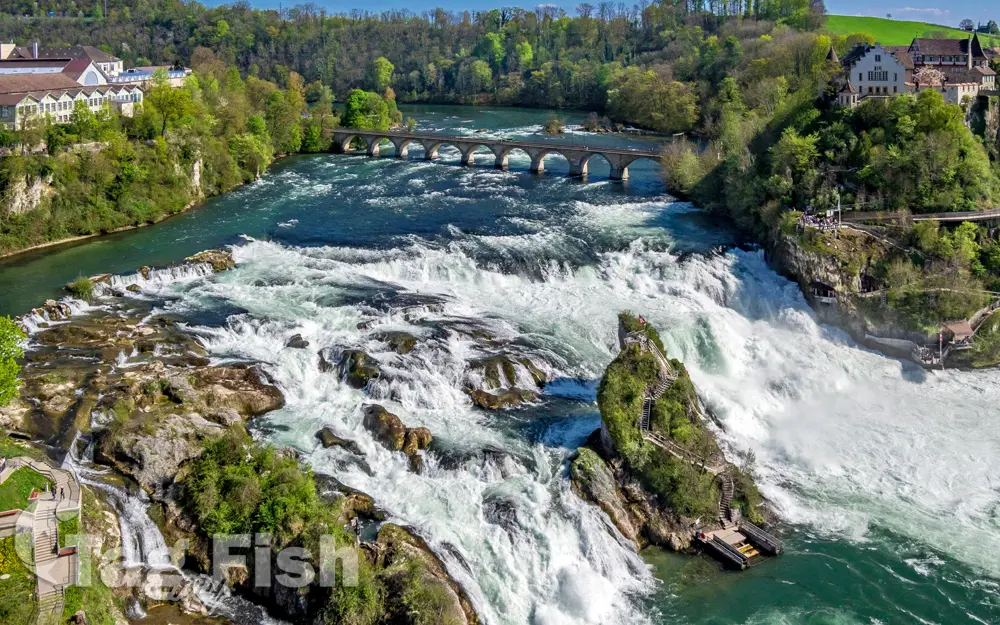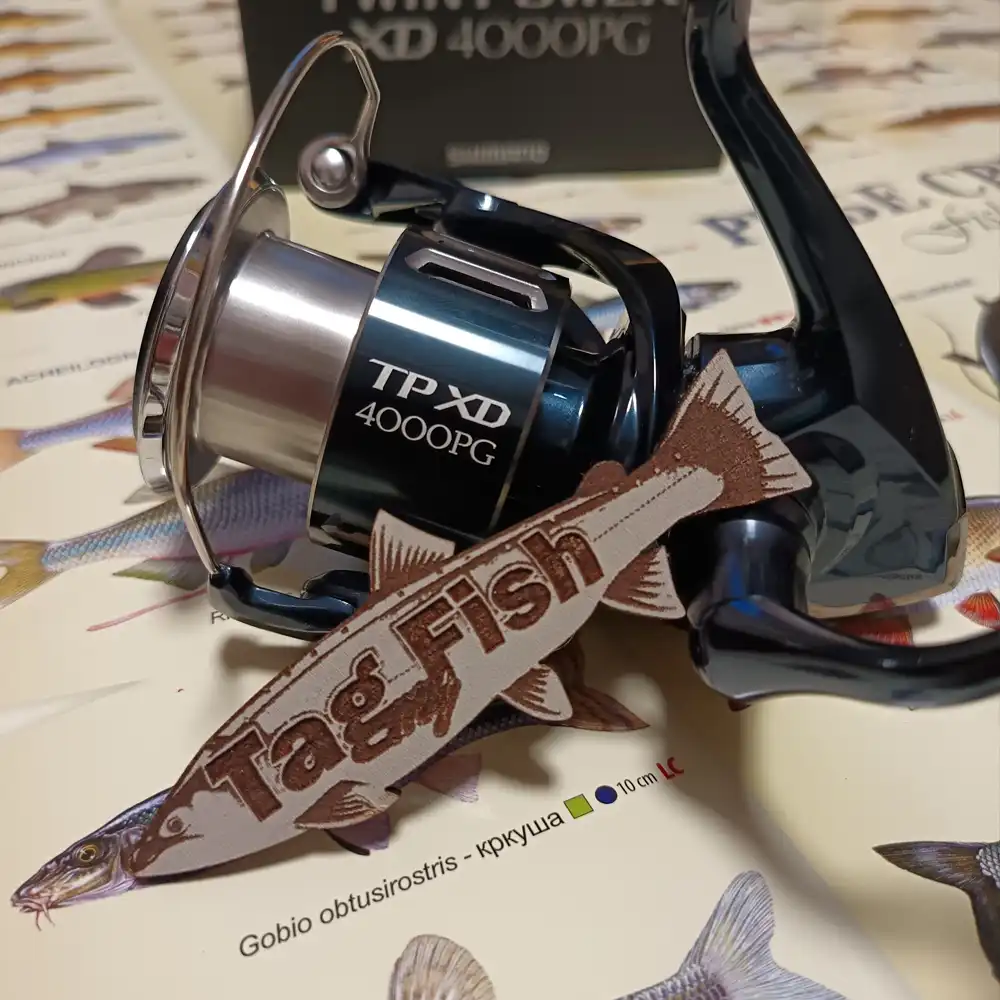Rhine

General data
- Name: Rhine
- Water system: North Sea
- Water type: River
- Progression: Waal -> Upper Merwede (Boven Merwede) -> Lower Merwede (Beneden Merwede) -> Old Meuse (Oude Maas) -> Het Scheur -> Nieuwe Waterweg (New Waterway) -> North Sea -> Atlantic Ocean -> Planet Earth
- Climates: Temperate, Continental
- Continents: Europe
- Countries: Austria, France, Germany, Liechtenstein, Netherlands, Switzerland
The Rhine is one of the major European rivers. The river begins in the Swiss canton of Graubünden in the southeastern Swiss Alps, forms part of the Swiss-Liechtenstein, Swiss-Austrian, Swiss-German and then the Franco-German border, then flows in a mostly northerly direction through the German Rhineland and the Netherlands and eventually empties into the North Sea. It is the second-longest river in Central and Western Europe (after the Danube), at about 1,230 km (760 mi), with an average discharge of about 2,900 m3/s (100,000 cu ft/s). Fishes The Rhine fish fauna has undergone a major change over the last 25 years. Due to the improvement in water quality, some species have spread again, so that the species numbers have increased. All in all, today there are 71 fish species (including cyclostomata such as river and sea lamprey) in the Rhine, which corresponds to a considerable diversity. Apart from the European sturgeon, all historically proven species are again detected. Many migratory fish such as such as salmon, sea trout, sea and river lamprey have returned. In many places, results of electro fishing are however dominated by invasive goby species, above all the round goby which above all prefers the riprap of the riverbanks. Furthermore, mostly ecologically euryoecious species such as roach, bream, chub, perch and bleak are found.

 English
English
 Spanish
Spanish
 German
German
 French
French
 Serbian
Serbian
 Russian
Russian

